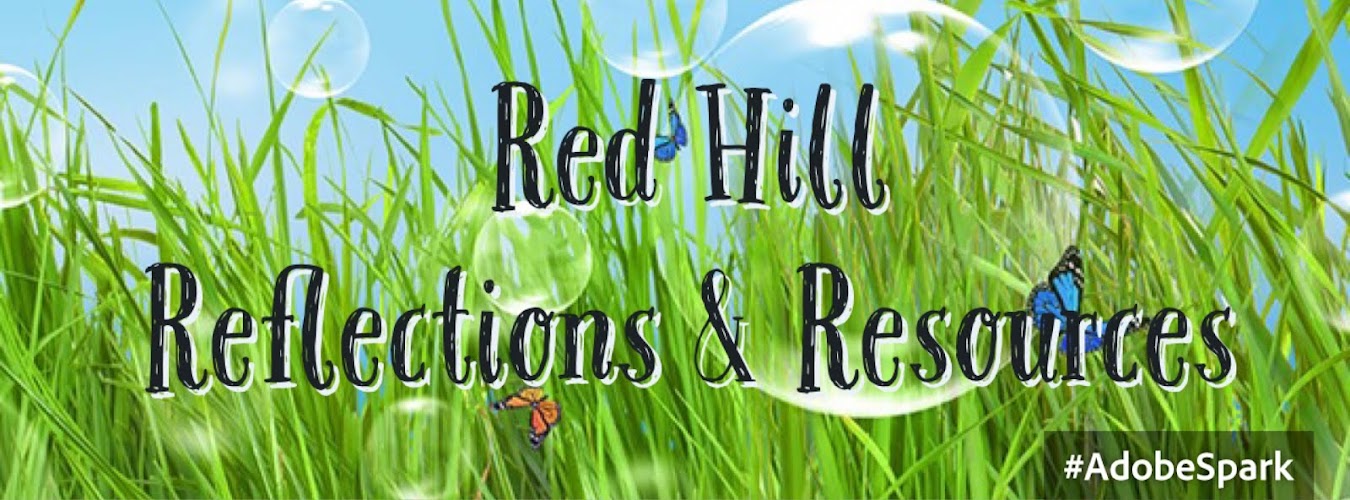This past Friday I was privileged to be a part of a first grade classroom that was NOTICING and WONDERING on the 3rd day of school (in fact several of my grade 1 classrooms did this)! I absolutely LOVE to see the students and the teacher's responses the first time they notice and wonder so I was thrilled to be apart of this.
In the class I was in the teacher was having her students explore 5 different manipulatives/tools that they are going to be using in math this year. She gave each group a box of the manipulative and a piece of large paper that looked like this:
One column asks students what they NOTICE about the manipulatives and the other column asks them what they WONDER. I typed up this copy so you could see it better but the teacher just hand made the posters on large paper using markers and it worked just fine.
Students were divided into groups and asked to explore the manipulative and write down what they noticed and wondered about the manipulative. They were also told that at the end the class would discuss how they might use each manipulative in math this year.
By the time all students had rotated through each station all of the chart paper were FILLED!! This was quite amazing to me as many first graders still struggle with writing this early in the year. The teacher, through observation during the process, noticed that most of the things that students wrote were noticings, even the ones in the wonderings column. So, in the wrap up, she took time first to help students understand the differences between the two. The students defined noticing as things that they see, hear, feel, and touch. Wondering was much harder - many students said it's things you "think". Which is true but, ideally we were looking for the fact that wonderings are questions that you think. This is a hard concept for very young students because they just want to give a statement, as opposed to a question. With practice they will get better at it. The teacher then took time to discuss some of their noticings as well as their ideas about how they might use them.
I felt like this was a really fabulous way to explore the manipulatives as it forced students to look at the attributes of the tool and how they might use it. For example, with the math racks this class noticed that:
- there were 10 beads on each row
- there were 5 white and 5 red beads on each row
- there were 20 beads total
- that by have 5 red and white beads they could "count on" instead of "counting all" the beads
When these teachers go to use this tool students will already have some ideas about how it will help them to count, add, and subtract!
Bravo to these teachers for using this strategy to help students begin to explore tools that they will use in math this year!


No comments:
Post a Comment